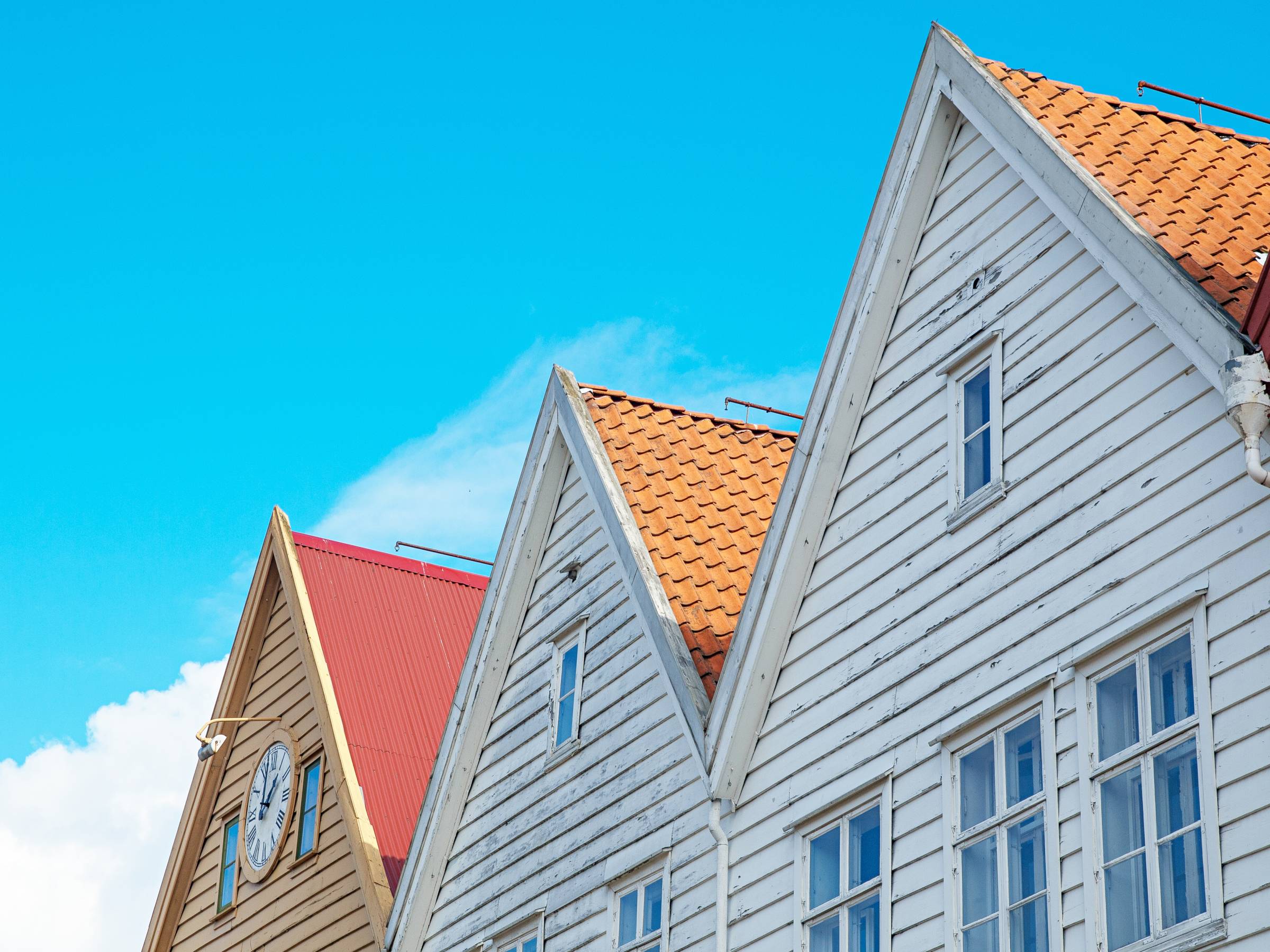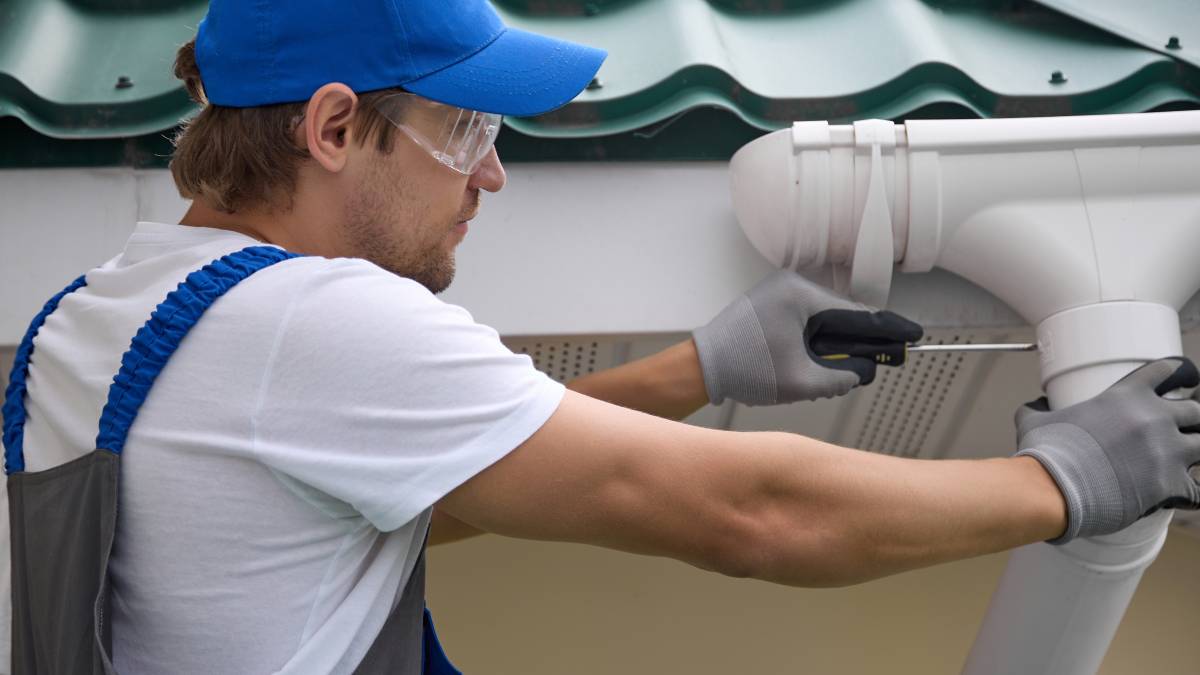- Home/
- Guides/
- Roof Installation/
- Verandah Roofing Styles

From rain to shine: Choosing verandah roofing styles
Do you need verandah roofing ideas? Read this blog to know which verandah roofing materials are best for you.
Find roof installation expertsLast Updated on
Key Facts
- Various verandah roofings include flat, gable, curved, gazebo, and sunroof. Each of them has their pros and cons.
- Before selecting which roof to install in your outdoor living space, consider your home’s climate, style, and budget.
Every homeowner wants their dream house, including a picture-perfect outdoor area. The verandah roof can make or break it whether you have a small or spacey patio or balcony. But don’t kick off your home project just yet. It’s best to check on a few things, like the climate in your area, the style of your home, and your budget.
Plus, did you know that there are several types of roofs? Only some of them will suit your space. So, read this blog first to determine which is highly versatile and best for your needs before shopping for verandah roofing materials.
Different verandah roofing styles
Similar to other customisable elements of your house, there are several types of verandah roofs to check out in the market. Many clients prioritise a functional design, while others seek unique features, like enhanced ventilation for a cool breeze or glass roofs for more light. Below are some of the most common verandah roofing options:
1. Flat
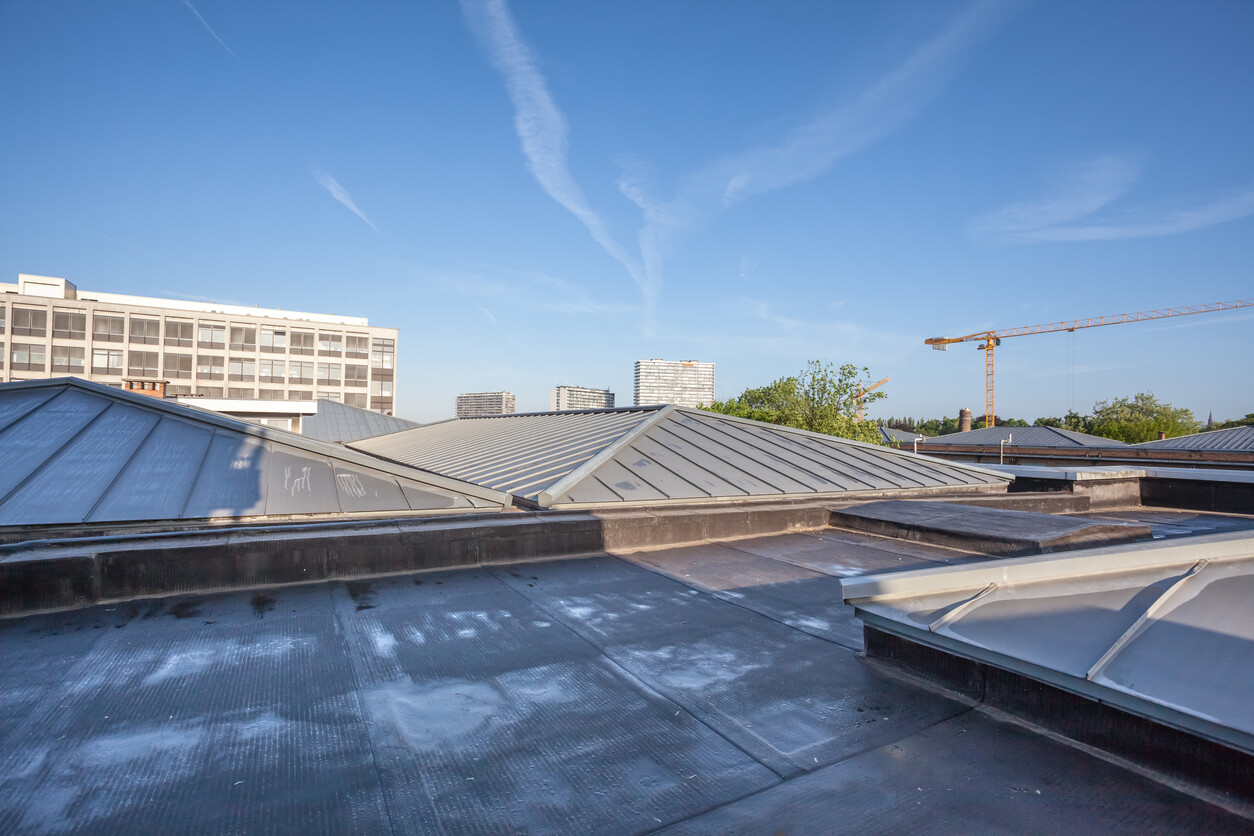
Flat roofs are a simple and clean choice for verandahs. They consist of a level surface with a slight slope for water drainage. Flat verandah roofing is similar to a regular residential roof or carport and can be cost-effective to install. Moreover, installation can be completed quickly, and the outcome is easy to clean.
A flat roof is best for those who prefer minimalist and modern home designs. They suit urban, compact homes or residences, even those with limited vertical spaces. However, little water drainage may lead to pooling if not correctly designed. It may also require regular maintenance to prevent leaks.
2. Gable

Gabled roofs are triangular, with two sloping sides that meet at a central ridge. They give off a classic and timeless look. Plus, the excellent water runoff and ventilation is a huge bonus. Gable roofs fit homeowners who appreciate traditional architectural styles, like farm or colonial house types. They’re also reliable during rain and snowy weather.
But, since it involves a more complex construction, a gable roof verandah could cost more. It’s also not ideal for homes with low ceilings.
3. Curved

Curved roofs feature a gentle, curved slope, adding a unique and elegant touch to your verandah. Its aesthetic appeal and distinctive design are customisable to fit various styles. The high point of curved roofing options is their efficient water drainage. They’re also low maintenance and eco-friendly.
Curved verandah roofing is perfect for homeowners looking to make a bold architectural statement or those with a contemporary house. The only downside is that it may require specialised materials, meaning it’s more expensive to construct.
4. Gazebo
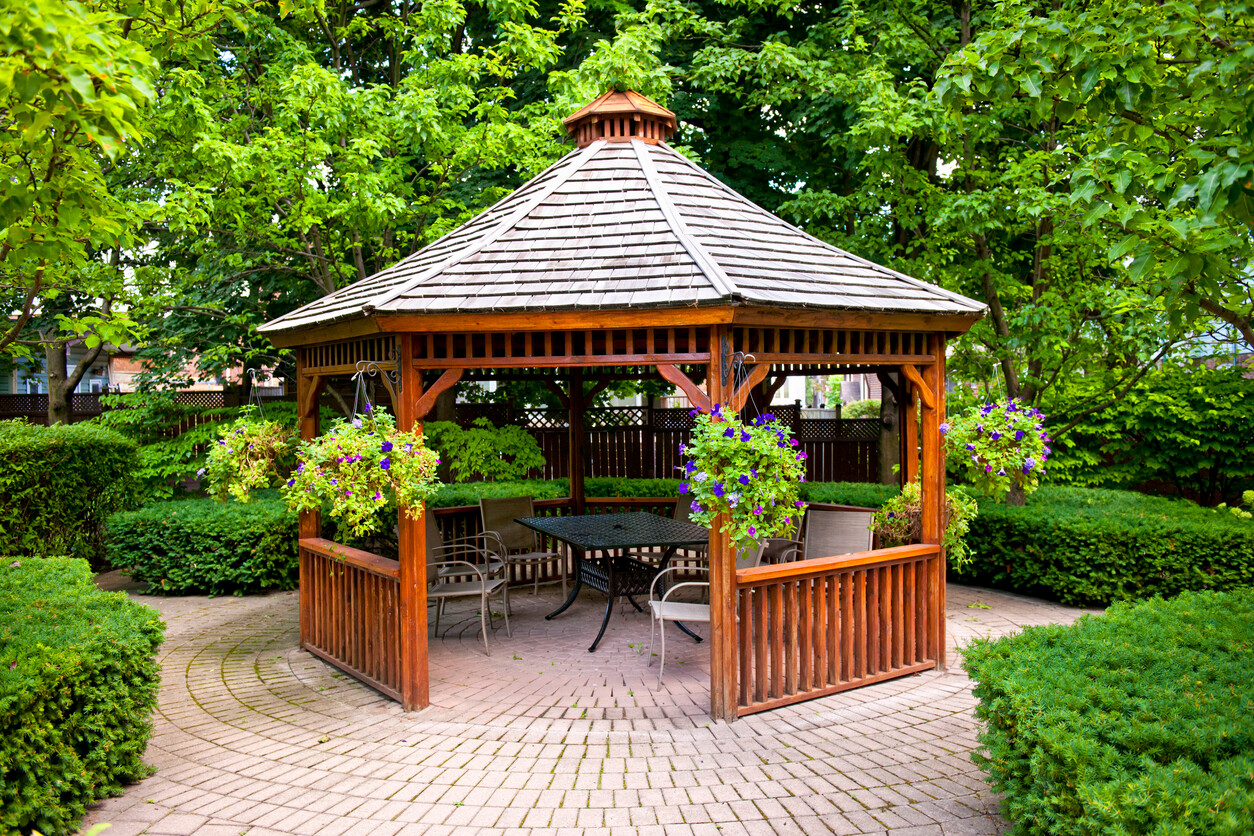
Gazebo roofs resemble a small, freestanding pavilion, offering a 360-degree view of the surroundings. This charming design gives off an open-air experience ideal for outdoor dining and relaxation. Gazebo roofs work well for homeowners with roomy outdoor space, especially those seeking a unique and picturesque verandah setting.
It’s versatile but has limited weather protection compared to other roof types. Gazebo roofing options are not suitable for extreme weather conditions.
5. Sunroof

Sunroofs, often made of transparent materials like polycarbonate or glass, allow sunlight to filter through while offering shelter. Since it maximises natural light in verandahs, it provides a bright and airy atmosphere. A glass roof verandah is also great for those with a clean design preference.
They’re ideal for year-round use in mild to moderate weather conditions. Additionally, they suit homeowners who want to create a sun-kissed verandah or garden room. But sunroofs can be costly due to specialised materials.
Additional aspects in your verandah roof selection
Besides exploring verandah roofing ideas, checking other factors is crucial. This approach will help you select the most suitable verandah roof design that maximises efficiency and functionality. Here are three things to consider:
The climate

The type of roof you choose should withstand the weather conditions in your area. If you live with heavy rainfall, snow, or strong winds, it’s best to go for metal or shingle roofing due to its durability.
In regions with extreme temperatures, ensure your verandah roofing choice allows for effective insulation to keep your outdoor living space comfortable year-round. Meanwhile, UV-resistant coatings or finishes are a must for places with sunny climates. Their excellent capabilities include protection from harmful UV rays and prolonging the lifespan of verandah roofing.
The budget
Setting a budget is critical in the verandah roofing selection process. Different roofs come with varying prices, so balancing your budget and preferences is essential. You can start by researching the cost of roofing materials, including installation. Remember that some items may have a higher upfront cost but offer long-term savings due to their durability.
Don’t forget ongoing maintenance costs; some may require more care and upkeep than others. Low initial costs could translate to higher maintenance expenses in the long run.
The style of the home

The roof should complement the style of your existing home. Choose a roofing style and material that complements your home’s architecture. For instance, a gable roof may suit a colonial-style house, while a modern home could benefit from a sleek, flat top.
It’s also best to match the colour and finish of the roofing material to your home’s exterior palette. The right choice can enhance curb appeal significantly. You can also incorporate columns, railings, and decorative trims that align with your home’s style for seamless integration.
Summing up your roofing decision
Not everyone has the luxury of having a verandah at home. But if you’re one of them, make the most of it. Enjoy your alfresco area for family time, a cup of tea, or a workout session. Get your new and improved outdoor living space by calling a professional roofer from Airtasker today!
FAQs on choosing the right verandah roofing materials
Most glass verandas typically do not necessitate planning permission. Planning permission for your glass veranda may only be necessary if it exceeds a height of 300mm or you intend to install it on your home’s roof.
Moreover, you’ll also need permission if it encompasses more than 50% of the total land area covered by the original house.
A porch is a covered entry area at the front of a house, while a verandah is typically on the side or rear of a home.
Meanwhile, a gazebo is a freestanding, roofed outdoor structure, often for dining or seating. A pergola is an open-roof structure used for shading and as a garden feature.
Find roof installation experts, fast
Find a Roof Installation specialists
Related articles
Related price guides
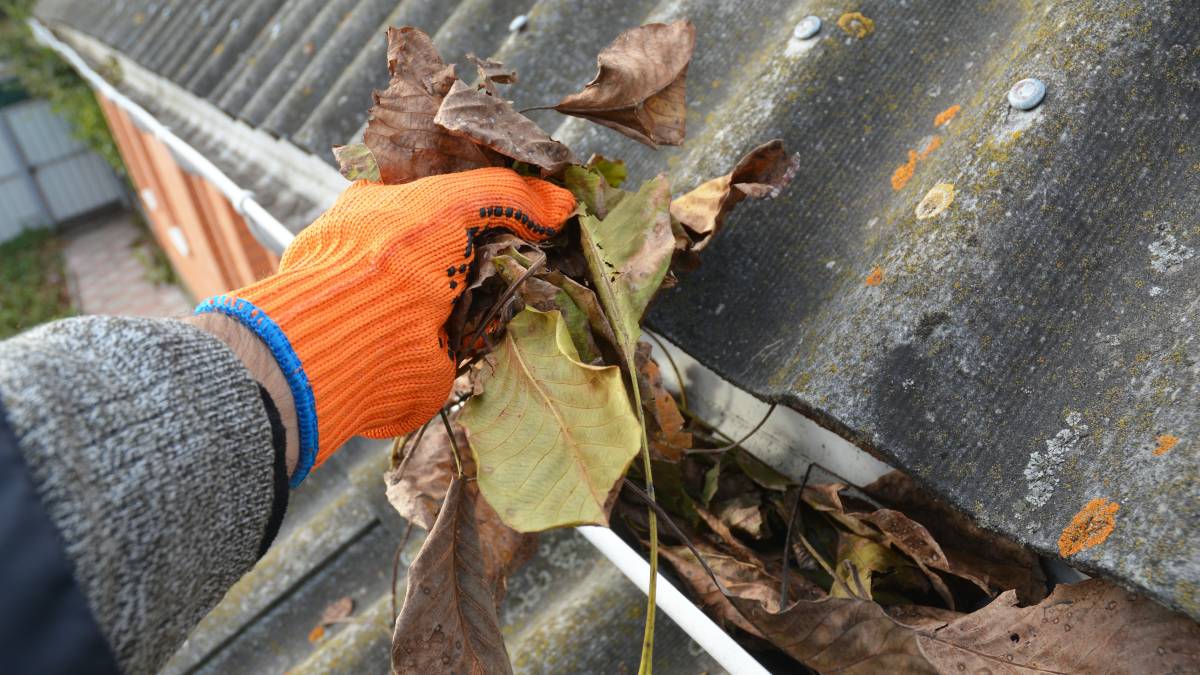
How much does gutter cleaning cost?
Read more

How much does roof plumbing cost?
Read more

How much does gutter cleaning cost?
Read more

Conservatory roof replacement cost
Read more

How much does a chimney sweep cost?
Read more

How much does roof cleaning cost?
Read more
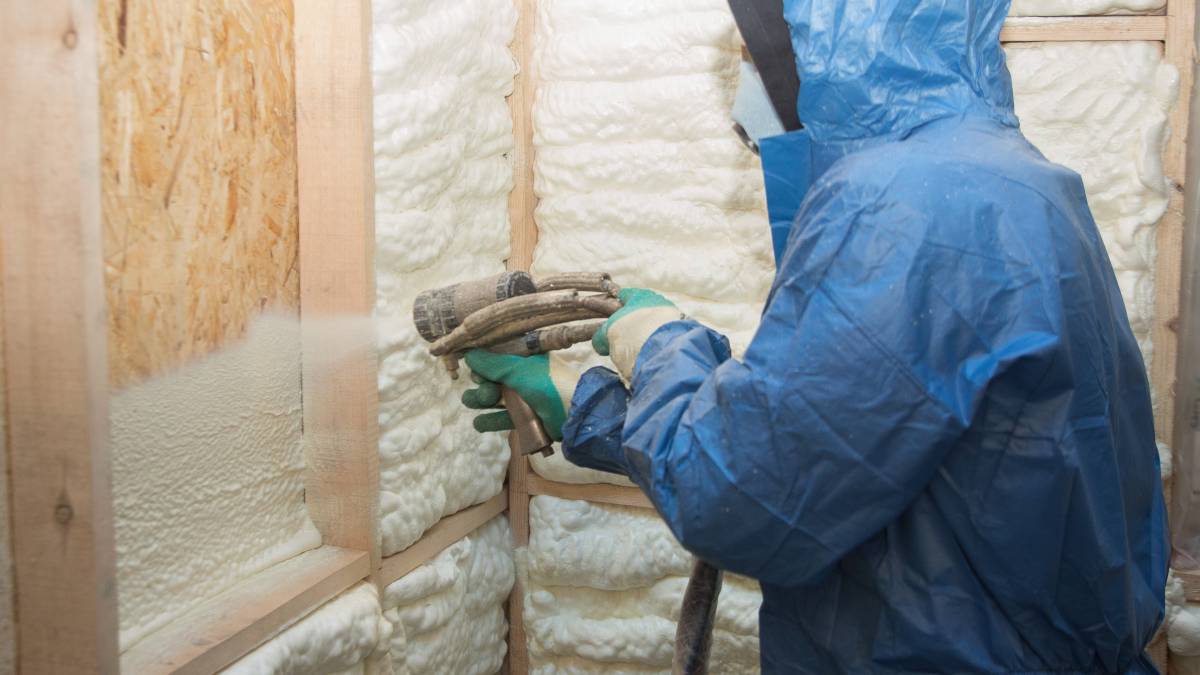
How much does insulation cost?
Read more

How much does roof repair cost?
Read more

How much does a chimney repair cost?
Read more

How much does a gutter repair cost?
Read more
